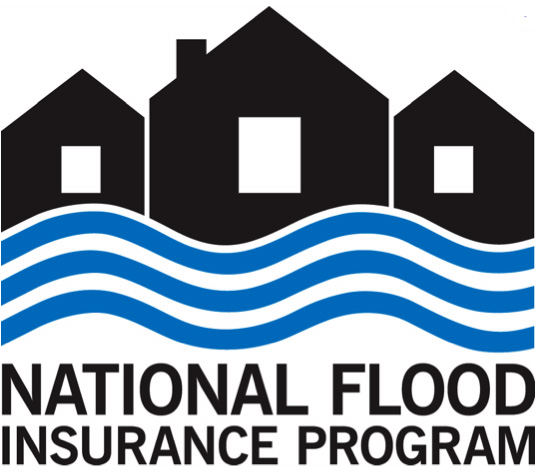That's good news for the real estate market, especially in the Tampa Bay area, which has more than 50,000 homes affected by rate changes in the Biggert -- Waters Act.
Owners of small businesses near the beach aren't as enthused.
Lumped together with second homes and properties that have had repeated flood damage, commercial properties will continue to see rates climb by 25 percent a year and they will be assessed an extra $250 a year toward a reserve fund for the debt-ridden government flood program.
Longtime St. Pete Beach hotelier Joe Caruso bought the Havana Inn last spring, a historic hotel with five units overlooking the Gulf of Mexico in Pass-A-Grille.
Months later, his policy renewal came in the mail. The $5,000 per year he was paying had gone up to more than $40,000, he says.
While the legislation in Washington eliminates a trigger that causes rates to spike to their highest risk level when property is sold, Caruso still faces a payment that's due in full in less than three weeks.
A lower quote for private insurance that's new to the market still would be nearly three times his old rate, and he has two other historic hotels in the area.
In the best case scenario, he will see premiums go up by 25 percent each year until they reach a point that the Federal Emergency Management Agency deems sound.
"What will I do? At a certain point in time, it's unsustainable. If the business is not profitable, obviously the business won't stay," Caruso said.
Last Tuesday, the House passed a bill with a broad range of protections aimed mainly at owners of primary homes saddled by unaffordable premiums.
It provides $3 million for FEMA to expedite an affordability study as it charts an equitable way to increase rates and ensure the solvency of the National Flood Insurance Program, which is $24 billion in debt.
FEMA also is ordered to monitor and report on affordability for small businesses, non-profits, houses of worship and residences that may be struggling to pay for their coverage.
While the Senate passed a different bill that delays rate increases for four years for all types of properties, including businesses, there appears to be support for passing the House's version as it is.
Florida Sen. Bill Nelson, D-Orlando, on Friday appeared confident a bill would pass this week.
"It's long overdue. It's something we've been trying to get done for months and I think we'll finally get it finished ...," he wrote in an email.
That likely means efforts by groups such as the Tampa Bay Beaches Chamber of Commerce to include more relief for small businesses may prove fruitless, at least for now.
"It's a step in the right direction, but it's not a complete fix," said Doug Izzo, the chamber's head of government affairs. "Every day people are still calling us, emailing us and trying to figure out what to do."
If the bill passes in its current form, the chamber will push for separate legislation to lower the cap on annual premium increases for businesses, he said.
In an analysis of the bill, the Florida Association of Counties questioned placing second homes and businesses in the same category as severe repetitive loss properties, which are only 1 percent of all policies but collect 30 percent of claims.
Pinellas County has 1,333 commercial properties that could be affected by rate increases in the 2012 Biggert-Waters Act, representing more than $11 billion in taxable property value in 2013, or 15 percent of the tax base, according to the property appraiser's office.
The businesses affected by rate increases are mostly the "Old Florida" hotels and motels, and small retailers in aging strip centers. There are 268 of them in Pinellas.
Newer properties aren't impacted because they already pay accurate premiums. Their rates also tend to be less because they are built to more recent flood safety codes.
The increased flood rates cut into already tight profit margins for these hotels, which generally have fewer units than their more modern competitors.
"They're looking at small business owners and saying, 'You make enough money, you can afford a ridiculous insurance rate,'" said Hoyt Hamilton, owner of the nearly 80-year-old Palm Pavilion in Clearwater Beach and a candidate for city council.
The fact that commercial properties aren't getting as much sympathy in Congress likely will lead to a greater expansion of private insurance alternatives, said Evan Hecht, whose Gainesville-based insurance agency specializes in flood coverage.
Hecht's company began offering private policies for Florida homeowners in the fall, backed by underwriters at Lloyd's of London.
A few weeks ago, his company rolled out coverage for commercial buildings valued at $5 million or less, the types of small businesses likely to feel the biggest sting from Biggert-Waters.
Coverage in the Gulf Coast region ranges anywhere from around $2,000 a year for $100,000 of building coverage to $21,000 for $500,000 of coverage for building and contents.
What Caruso finds most galling about his predicament is that he had to go through a lengthy process of financial scrutiny to get assistance from another government office, the Small Business Administration.
"What's very interesting is you have one branch of government shaking you down to show the numbers work, but then you have another branch of government changing the numbers retroactively that make it not work," he said.












 A bill to rollback unaffordable flood insurance premiums on homeowners across the country that passed the U.S. House of Representatives may go before the Senate this week.
A bill to rollback unaffordable flood insurance premiums on homeowners across the country that passed the U.S. House of Representatives may go before the Senate this week.